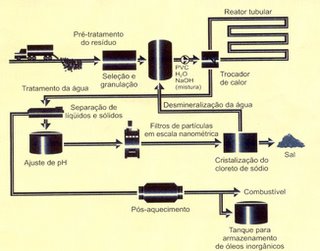Tibetan Antelope: Facing extinction for fashion

Poachers kill 20,000 Tibetan antelope each year. With fewer than 75,000 left, the species is in extreme danger.
For the past 20 years, Tibetan antelope have been illegally slaughtered to supply a high fashion trade in "shahtoosh," the fine, soft shawls made from their wool. These shawls are sold in fashion outlets in New York, Paris, London, Hong Kong and other cities for thousands of dollars each by retailers who are often unaware they are selling an illegal product.
Tibetan Antelope: Facing extinction for fashion






